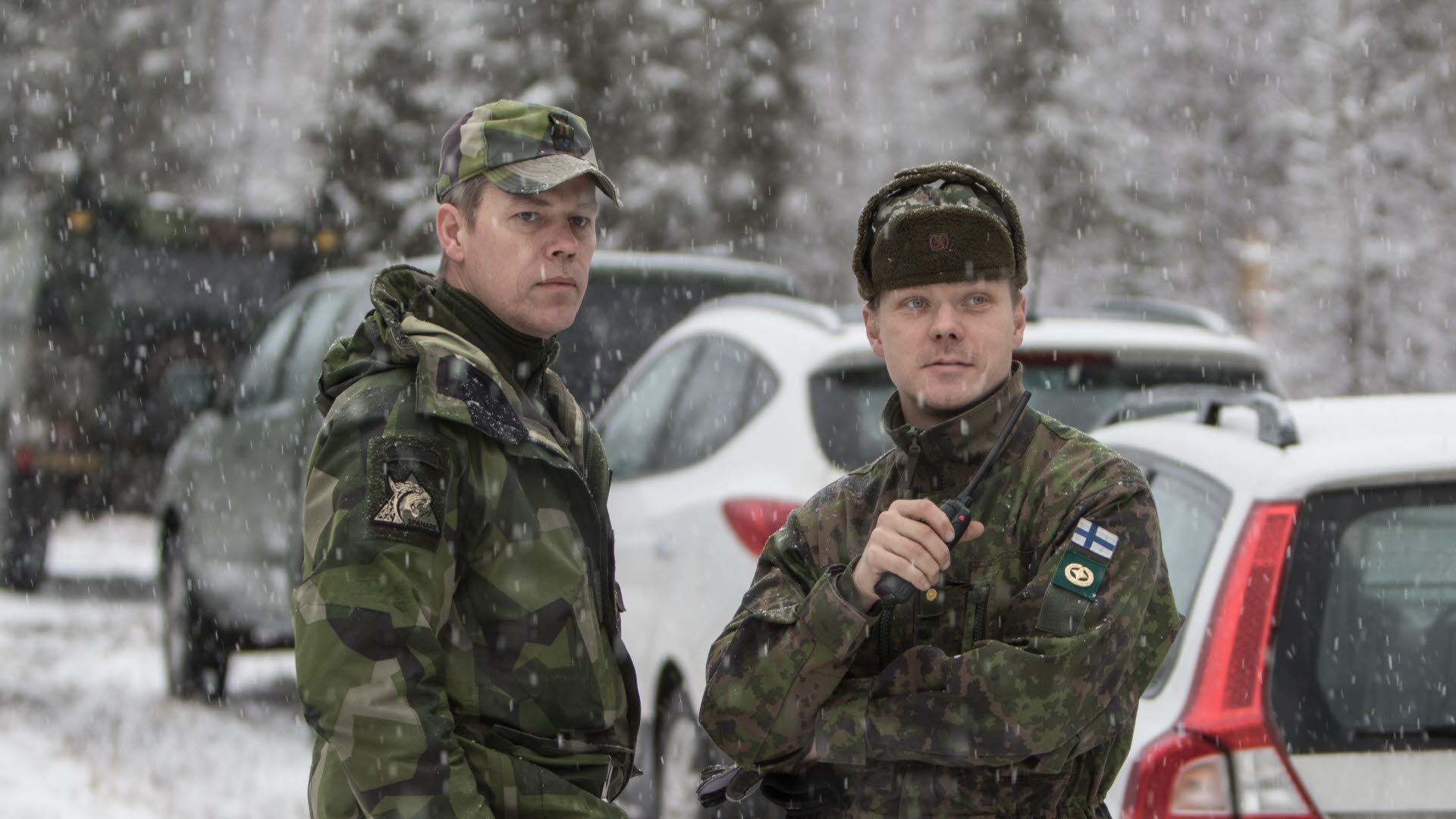As a result of Putin’s attack on Ukraine, NATO is undergoing a change of perception in the public eye. More countries are harbouring membership intentions: Finland and Sweden could expand the number of NATO members to a total of 32. In mid-April, the Government in Helsinki published a new security strategy, which is not least due to a fundamental change of mood among the population.
After decades of scepticism – basically since the end of World War II – 84 per cent of the Finnish population currently feel threatened by Russia, 68 per cent of the Finns are in favour of the country joining NATO. This would mean that Putin, with his war of aggression, was able to prevent Ukraine from joining NATO – which was certainly one of his goals – but instead indirectly promoted the eastward expansion of NATO by two more members. Now, one may argue that Sweden – unlike Finland with a 1,340 km border with Russia – is not an immediate neighbour of the Russian Federation, but the distance between the Swedish island of Gotland and the Russian enclave of Kaliningrad is only 300km, with only the waters of the Baltic Sea in between.
Against this background, Sweden had already moved heavy military equipment, including armoured vehicles, to Gotland and, contrary to its otherwise pacifist attitude, participated in arms deliveries to Ukraine. In Sweden, too, a narrow majority of the population is in favour of joining NATO. Both Nordic countries have been members of the European Union since 1995, which implies a duty of assistance for the other members, but does not provide for military intervention in case of defence.
Nordic Strategy
According to reports, Sweden’s Prime Minister Magdalena Andersson has already committed herself, Sweden’s application for membership should be ready by the NATO summit in June. At the beginning of April, she met with her Finnish colleague Sanna Marin to ensure a coordinated joint approach on this issue. In peacetime, the armed forces of both countries are small by international standards, but have a remarkable mobilisation potential. Including reservists, Finland can mobilise 280,000 soldiers in the event of a crisis, which is slightly more than the current manpower of the German Bundeswehr (265,000).
While in most NATO countries not even a third of the population is comfortable with the idea of supporting their own country militarily in the event of a crisis, three quarters of the Finns are prepared to do so. Of course, this is also due to the long and often complicated history of the immediate neighbourhood with the Soviet Union and Russia.
As the German online portal T-Online.de recently reported, air raid shelters are available throughout Finland, and not just as a planning figure on paper. The bunkers are ready for use at any time. The armed forces have combat vehicles and combat aircraft ready for action. The procurement project for 64 F-35 fighter aircraft has been underway since February, with up to 2,000 drones to follow. It is to be expected that the accession of the two Nordic countries to NATO will significantly change the strategic situation – for the Alliance, but also for Russia.
Wider Implications
The length of the common border will more than double. The details of geography play into the hands of the Western Alliance. NATO membership of Sweden and Finland facilitates the protection of the Baltic states and consequently means another obstacle for a possible Russian intervention. The access routes to the highly armed Russian exclave of Kaliningrad, which is surrounded by Alliance territory on land anyway, will now also come under pressure from the sea. On 13 April, it was reported that Russian forces had moved a K300 BASTION coastal defence missile system to Vyborg near the Finnish border.
NATO can thus expect a fresh wind from the North in the near future. The approval of the members for the accession of the Finns and Swedes is considered certain. However, immediately after the accession plans of the two Nordic countries became known, the Vice-Chairman of the Russian Security Council, Dimitri Medvedev, threatened to station further weapon systems such as ISKANDER guided missiles, hypersonic weapons and naval vessels with nuclear weapons – for the Finns and Swedes within reach of “their own house”.
Considering the military dilettantism currently revealed on the Russian side in the war of aggression against Ukraine, and after it became known only recently that a new ISKANDER brigade is also to be set up in Russia’s eastern military district – in view of the alleged threat from Japan and the USA (euro-sd.com reported) – observers may ask themselves how many of its “neighbourhood problems” Russia is capable of solving at the same time.







![Skybound scanners: Rebuilding Europe’s airborne SIGINT fleet The RC-135V/W Rivet Joint is perhaps the most recognisable Western SIGINT aircraft. The aircraft’s comprehensive array of COMINT DF antenna is clearly visible beneath the fuselage, while the distinctive ‘chipmunk cheeks’ at the forward fuselage contain its ‘Automatic Electronic Emitter Locator System’ (AEELS). [Luca Chadwick]](https://euro-sd.com/wp-content/uploads/2025/06/1-Kopie-218x150.jpg)
![How much ‘growth’ is there still in 4th-Gen fighters? A German Air Force Eurofighter Typhoon flies through the sky during the Exercise BAANA 2024, Ranua, Finland, on 4 September 2024. [US Army/Sgt Scyrrus Corregidor]](https://euro-sd.com/wp-content/uploads/2025/06/Eurofighter-Typhoon-BAANA_US-ArmySgt-Scyrrus-Corregidor-Kopie-218x150.jpg)
![Connect-4 The European Super RAP developed by NATO’s ACCS is shared with NATO’s Allied Air Command headquarters in Ramstein, western Germany. Two CAOCS, controlling NATO airspace above northern and southern Europe, generate these RAPs. [NATO]](https://euro-sd.com/wp-content/uploads/2025/06/NATO-Allied-Air-Command-NATO-Kopie-218x150.jpg)

![Emerging military alliances in the Western Balkans: A redrawing of the regional security map : Signing of Declaration on Military Cooperation between Defence Ministers of Albania, Croatia and Kosovo, in Tirana, on 18 March 2025. [Croatian MoD]](https://euro-sd.com/wp-content/uploads/2025/06/Adriatic-Bloc-signing-ceremony_Croatian-MoD-Kopie-218x150.jpg)


